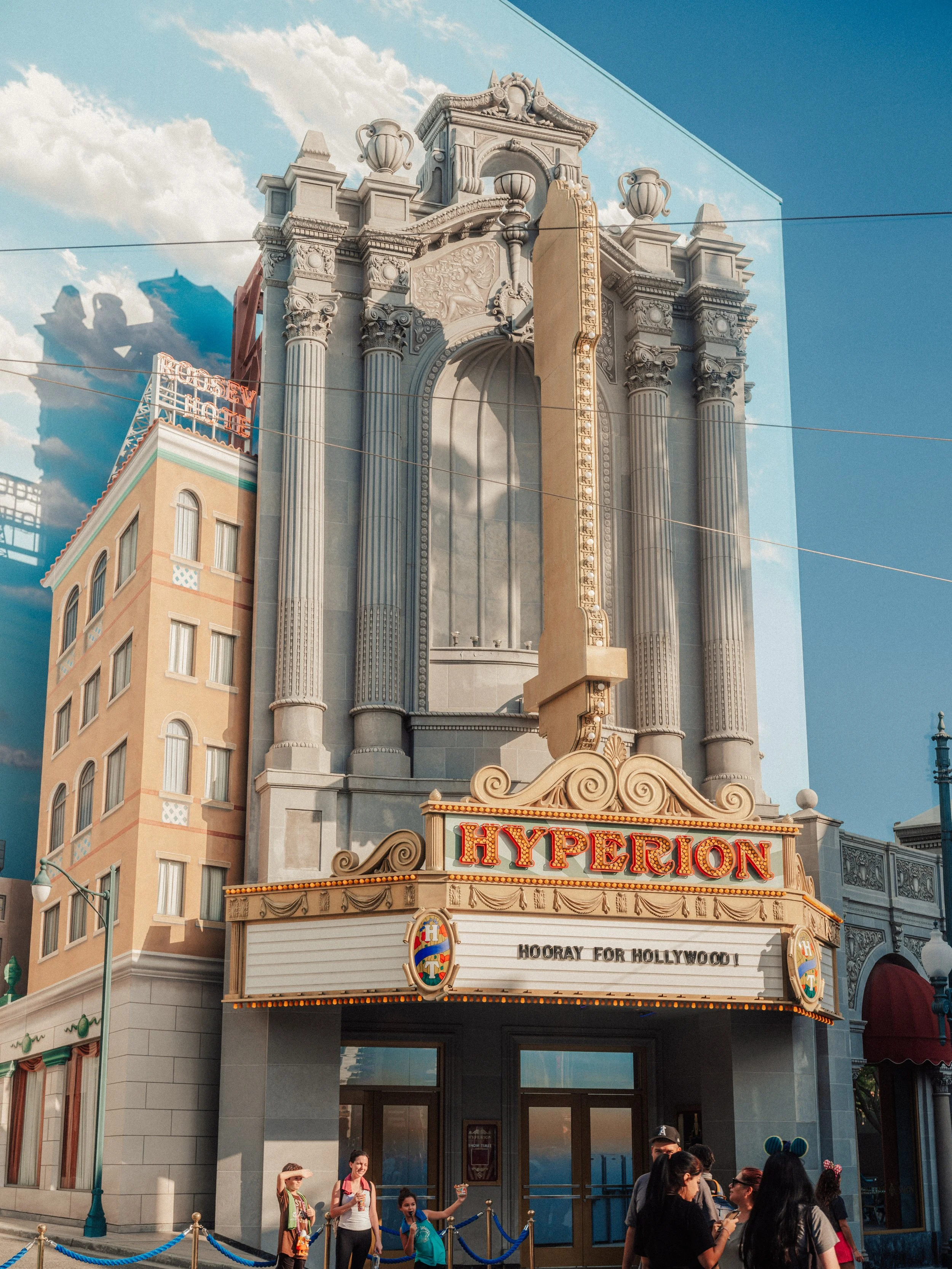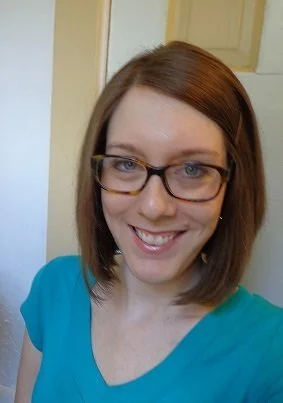Roadhouses and Ballroom Jazz: Nightlife in Early Hollywood By Writer and Contributor Lea Stans
The nightlife of Hollywood has taken on a legendary status, and there’s particular reverence for its Golden Age heyday when celebrities turned up at the Brown Derby or Ciro’s in droves. Star-struck fans dreamed of possibly rubbing elbows with Clark Gable or Lana Turner in one of Los Angeles’s many stylish establishments–provided they could afford the meal or cover charge.
But before the ground had even been broken to build these famed celebrity watering holes, silent film stars of the 1910s and 1920s had their own popular nightlife hotspots. While they’re mostly gone with the wind today, these roadhouses, dance halls and imaginatively-themed clubs attracted everyone from Roscoe “Fatty” Arbuckle to Rudolph Valentino to Gloria Swanson, not to mention more than a few curious fans.
Back at the turn of the 20th century, Hollywood was a young rural town with a few stores, restaurants, a post office, and a single streetcar line. Its first hotel opened in 1903, a mission-style building with airy porches simply called the Hollywood Hotel. After Hollywood petitioned to merge with Los Angeles in 1910, small film studios started trickling into the area. When a day’s filming was done, the Hollywood Hotel was the natural mecca for socializing.
But developments in little Vernon, another small town just south of Los Angeles, really increased the demand for nightlife. While today it’s a heavily industrialized factory city (and infamous for its corruption), in the early 20th century it was a sleepy little village of orchards and farms, known for its peace, quiet and abundant landscaping. It wasn’t fully incorporated until 1905, the move being pushed by hard-nosed businessman John B. Leonis and two fellow ranchers. Leonis started buying up much of the farmland with the intent to industrialize the area. This change, coupled with looser law enforcement outside of L.A., soon morphed the once-idyllic hamlet into an out-of-control hotspot for drinking and gambling.
Sports promoter Jack Doyle headed to Vernon and opened a popular outdoor boxing ring which could seat up to 7,000, as well as the Center Bar featuring a 100-foot long bar manned by dozens of bartenders. But the template for all the legendary Hollywood clubs to follow was set by Baron Long’s Vernon Country Club, which opened on May 2, 1912. A basic-looking roadhouse fronted by a large parking lot, it was the first all-night club in the area and was soon featuring a large variety of up-to-the-minute entertainment. It’s thought that the Vernon was the first venue to bring jazz to southern California, and it also boasted floor shows, orchestras, singers, chorus girls, and of course plenty of dancing.
The Vernon became a magnet for film stars looking to drive out from the city in their shiny automobiles and unwind. The Mack Sennett biography Father Goose described it fondly: “Here, among their own people, the players could forget the restraints imposed upon them by their estimable neighbors and detractors.” Legend has it that Valentino worked at the club as a tango dancer while seeking out film roles, and that Roscoe Arbuckle impulsively grabbed a steak and two pieces of bread and invented the steak sandwich.
Thanks to the success of the Vernon, Baron Long would either open or run several other popular establishments, notably the pricey Ship Cafe in the resort town of Venice Beach. Built as a pier attraction in 1905 in the style of a Spanish galleon, the Ship featured staff dressed in 16th century clothing and a menu with a wide variety of “relishes” (appetizers), steaks, chops, and fish. Dancing contests were a popular attraction and no New Year’s Eve was complete without its rowdy parties.
Stars who headed along the beach to Santa Monica could enjoy a night at Nat Goodwin’s Pier and Cafe, lit with strings of electric lights and complete with a cabaret, ball room, and roof garden. Most popular of all was the Sunset Inn built by Adolphus Busch of Anheuser-Busch, run for a time by the prolific Baron Long and then handed over to Mike Lyman and Eddie Brandstatter. Nicknamed the “Pride of the Palisades,” it featured a 100-foot dining room with lovely views of the Pacific. Capitalizing on its popularity with the industry crowd, the Inn would host “Fillum Fotoplayer Food Festivals” in honor of certain stars and named various items on their menu after them, such as “Chicken a la Fanny Ward.” One writer for Motion Picture Magazine described a typically fancy party in 1920: “The arrangements were in the capable hands of Tom Mix. The most distinguished men and women of the film world were present, and the place was ablaze with gorgeous gowns and magnificent jewels. Pauline Stark and Jackie White won the silver cup for being the best dancers.”
While public dancing was against the law in Los Angeles in that more genteel era, ballrooms like the Egyptian and the Three O’Clock Ballroom were allowed to flourish along the coast. One of the mightiest was the open air Danceland in Culver City, which had enough parking space for an astonishing 3,000 cars. It boasted of nightly dancing and signs proudly advertised its marble dance floor. Culver City was also a popular area for film studios and elaborate movie sets, and by the mid-1920s the Danceland site was part of the grand Circus Maximus set for Ben-Hur (1925).
Hollywood nightlife took a hit during Prohibition, although many clubs had a “wink-wink” policy of letting guests bring their own booze. In 1921 a grand new establishment was opened in L.A.: the elegant Ambassador Hotel. The Ambassador’s club, the Cocoanut Grove, is well-known even today to pop culture aficionados. Its vast, tropical-themed room could seat up to a thousand patrons and was decorated with faux palm trees from Valentino’s blockbuster The Sheik (1921). Floor shows, jazz musicians, and Charleston contests (occasionally entered by a young Joan Crawford) abounded at the Grove. It was considered the main “Playground of the Stars” throughout the 1920s and throughout several following decades.
Both the Great Depression and the dawning of more corporatized moviemaking affected the freewheeling nature of early Hollywood nightlife, which became more stratified as the decades wore on. The days when the public could mingle with the stars at a popular club or restaurant or hang around entrances with autograph books in hand largely faded, and today even many of the buildings themselves no longer exist. Still, old photos and surviving ephemera still give us little glimpses into the fun and excitement of listening to jazz at the Vernon or dancing at the Sunset Inn.
Note: The book Out With the Stars: Hollywood Nightlife in the Golden Era by Jim Heimann was a very helpful source for this article. It’s also a treasure trove of rare photographs.
Lea Stans is a historian from Minnesota who runs the blog Silent-ology, covering the people, films, and culture of the silent film era. She has contributed to Silent Film Quarterly, The Keaton Chronicle, and Comique: The Classic Comedy Magazine and is also a regular columnist for Classic Movie Hub.











